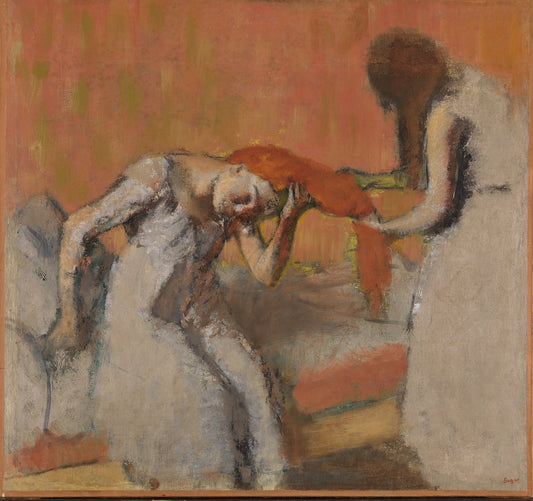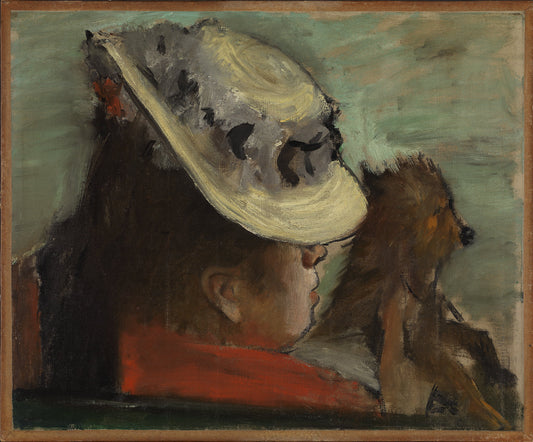Collection: Edgar Degas
-
Morning toilet
Vendor:Edgar DegasRegular price From 150,00 NOKRegular priceUnit price per -
Woman with dog
Vendor:Edgar DegasRegular price From 150,00 NOKRegular priceUnit price per


